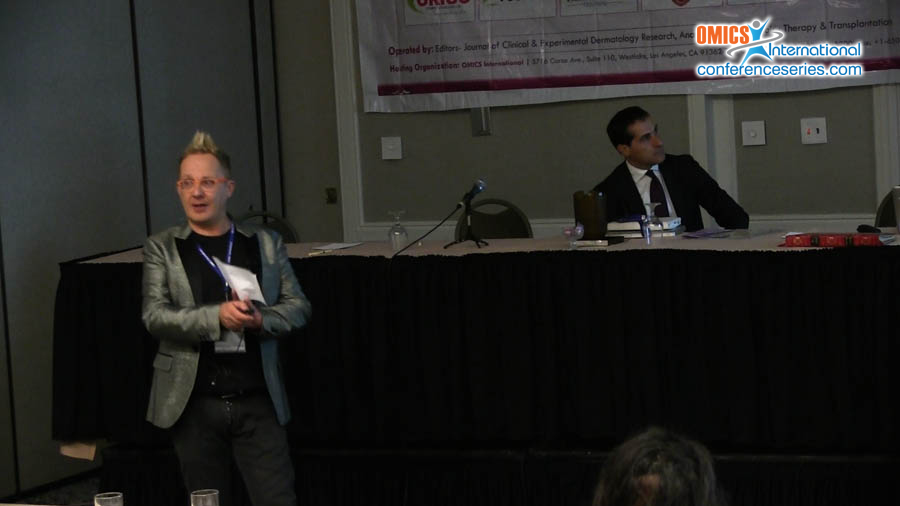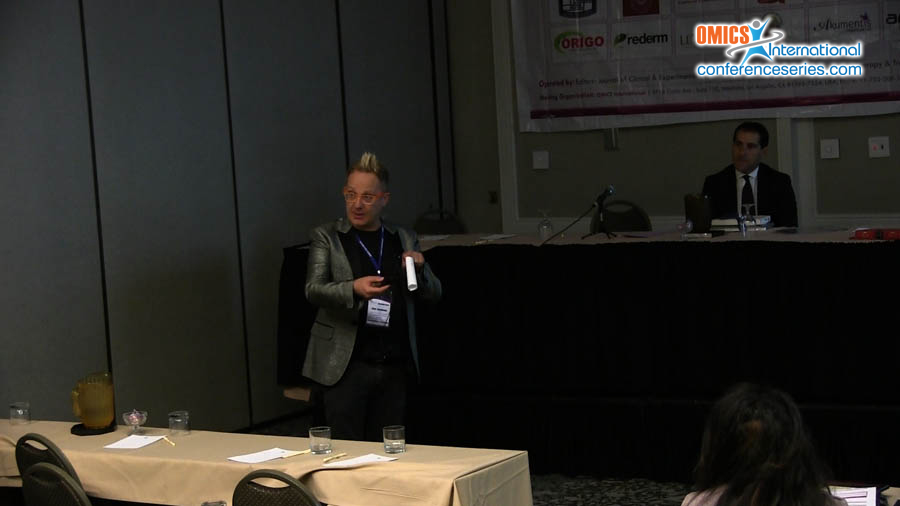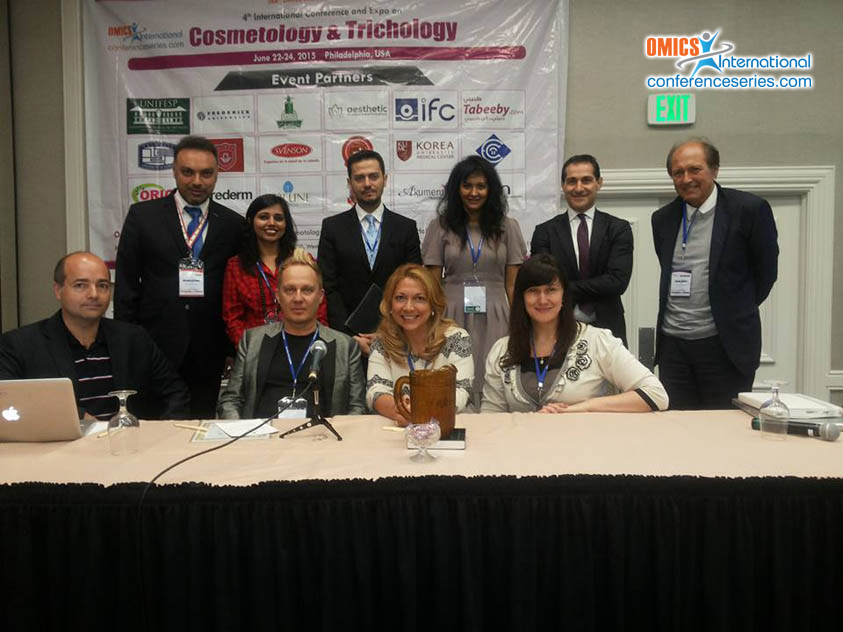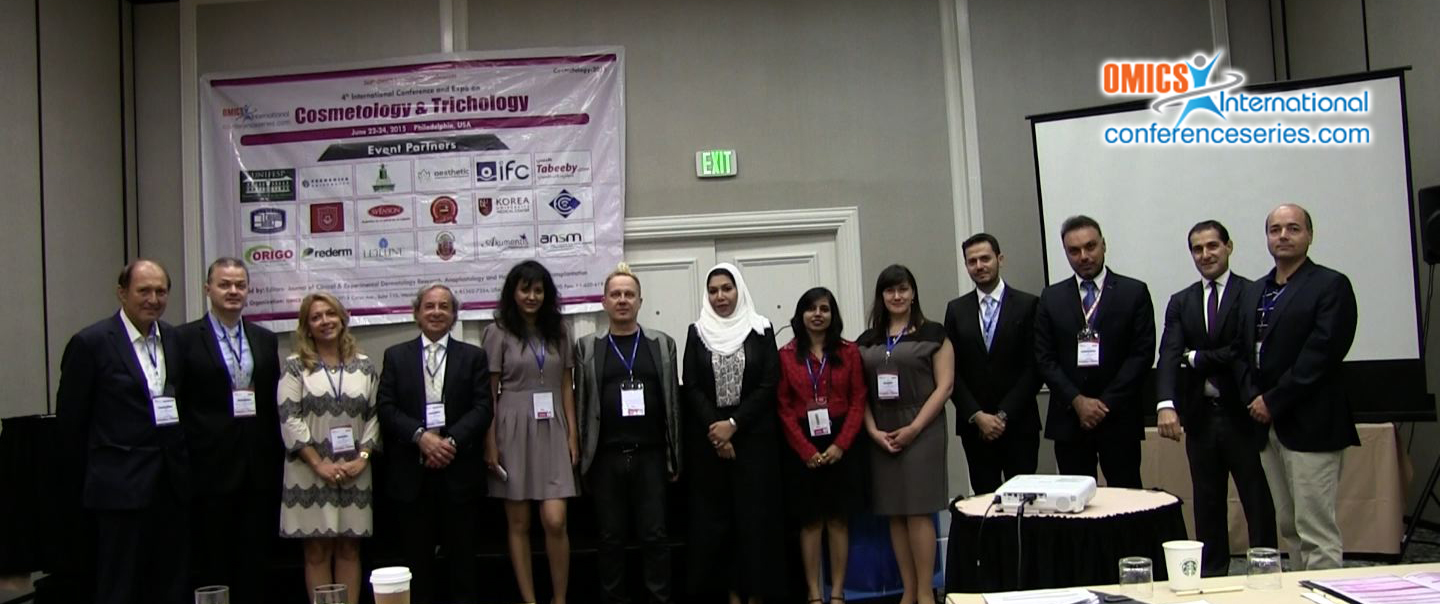
Alain Tenenbaum
Swiss Academy of Cosmetic Dermatology and Aesthetic Medicine, Switzerland
Title: Complications of dermal fillers and endoprosthesis
Biography
Biography: Alain Tenenbaum
Abstract
Most of Plastic Surgeons, Dermatologists believe permanent fillers are dangerous and resorbable fillers are not dangerous. In fact, all kind of fillers give the same complications like granulomas, nodules, necrosis, migrations, infections, persistent oedema and so on. The most frequent complication encountered after lipofilling is Granulomas. Every patient who undergoes endoprosthesis should ultrasonography of 20 mHz and not 7.5 mHz, for the following reasons:
Speaker Presentations
Speaker PDFs
Speaker PPTs Click Here






